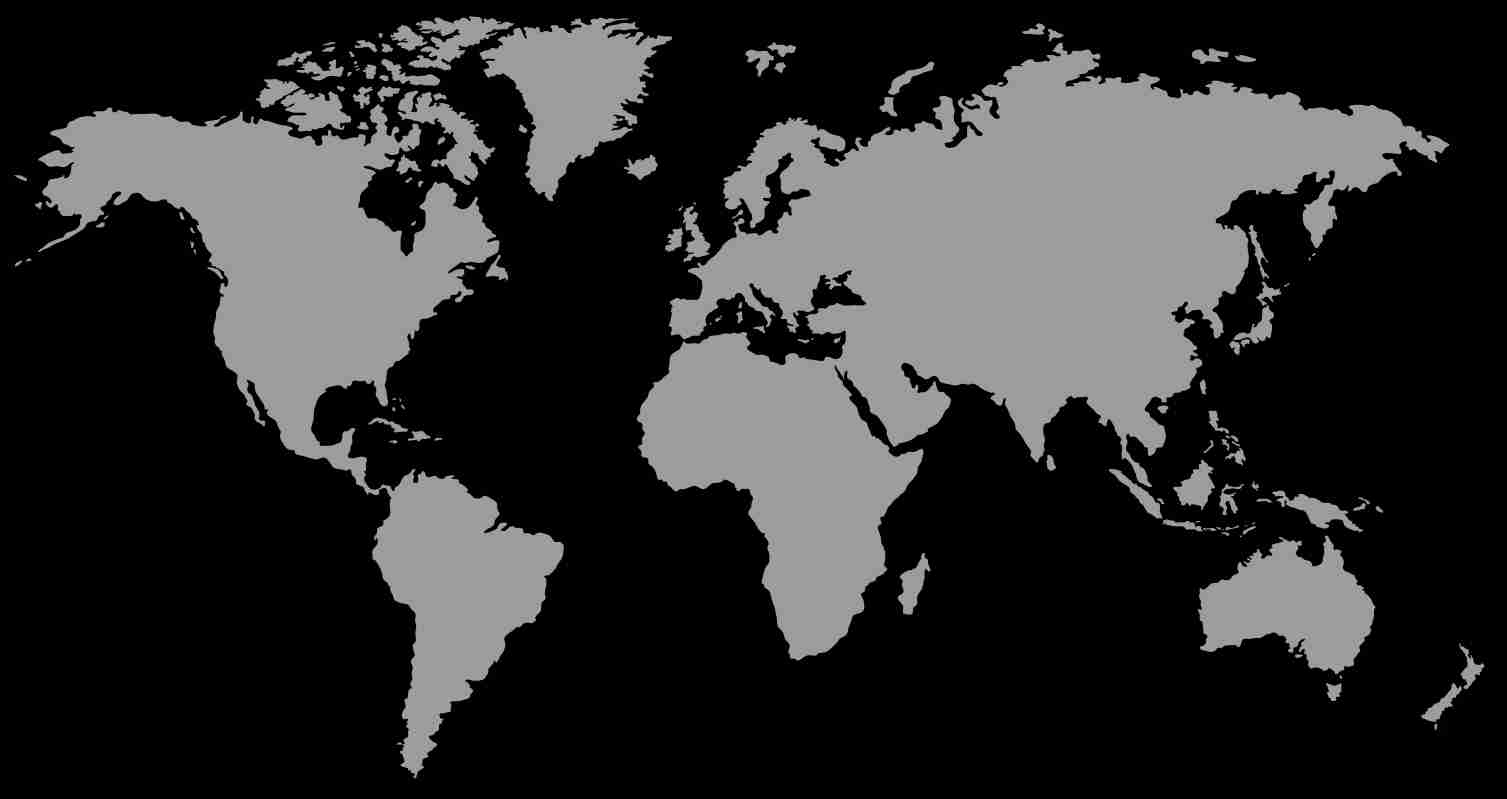
6 breathtaking places to visit in Chile
BlogHave grape expectations in the Maipo Valley
Chile is one of the new world’s top wine producers. The Maipo valley is sometimes described as the ‘Bordeaux of South America’ and it’s a great place to see grapes on the vines and learn about its production. Of course sampling a few is very much in order too! Try some made with the Carmenere grape. It’s almost unique to Chile and we think it’s super tasty. There are lots of ways to tour the vineyards, but hopping on a bike and going for a gentle peddle is particularly serene. The views of rows of verdant vines across the valleys with the snowy peaks of the Andes behind are spectacular. Obviously we don’t recommend you sample too much wine if you do!


Go to church on Chiloe Island
A half hour ferry ride out into the Pacific, Chiloe island is fringed with brightly coloured timber houses on stilts that were home to the many sailors who lived here. They’re a pretty sight in themselves, but it’s the many ancient churches that people really come to see. Built in the 18th and 19th centuries they’re constructed entirely of wood – even with columns that really do look like marble. The builders and architects were boat builders so ceilings follow the design of an upturned ship’s hill and inside you find models of boats too. They’re wonderfully peaceful places, perfect for a moment or two of contemplation. If you’ve more time there’s an archipelago of islets to explore by boat too. Some are home to flocks of friendly penguins.
Trek the glacial landscapes of Torres del Paine
OK – we’re going to say it! We think Chile is the world’s most scenic destination. It’s hard to choose a favourite view but if pushed we’d go for the incredible jagged granite peaks of the Paine Massif in Torres del Paine National Park. Thrusting over 2500 metres skywards behind a cobalt blue glassy lake with the summits dusted in snow, from certain angles they look like monster corkscrews. It’s as if some vast hand has grabbed the tops and twisted them around. If you’re into hiking, do the iconic W Trek a five-day trail staying at simple refuges that takes in lakes, glaciers, wild forest and of course those incredible peaks. Your Instagram feed will never be the same again!


Hit the road on the Carretera Austral
If you’re looking for the ultimate road trip, try this. Chile’s epic Route 7 runs nearly 1000 miles through some of the country’s most epic scenery. This is Patagonia, Chile-style with gob-smacking views everywhere – snow-capped mountains rising above glistening blue lakes fringed with brilliant green and red-leaved trees. It’s pretty off the beaten track, driving along unsurfaced roads and hopping on and off local car ferries. You stop at tiny mountain villages and stay in cosy guest houses on the shores of the lakes. You won’t spend all your time driving either. There’s time to explore this epic wilderness on foot too. And while you’re there, why not hop across the border to explore some of Argentinian Patagonia too?
Go surfing on the slopes of the moon
The Atacama desert in northern Chile is one of the driest places on earth. It’s a surreal landscape of weirdly-shaped hills sculpted by winds, shimmering salt flats, fuming geysers and craggy volcanoes. We love Valle de la Luna in particular. Located close to the buzzing little town of San Pedro de Atacama, its name means valley of the moon and it really does feel like another world. The best time of day to see it is at sunset, when the golden hues of the setting sun colour the valleys and escarpments red, purple and blue. If you fancy trying a similarly surreal activity, how about sandboarding? Carving down the dunes on a desert style surf board!


See the spooky skulls of Easter Island
No one knows how the iconic monster stone statues came into being here. Easter Island is a five-hour flight from Santiago, way out in the middle of the Pacific. It’s one of the world’s most remote inhabited islands. The people that once lived here were clearly an advanced civilisation. Known as Moai these huge statues featuring just torsos and skulls were carved using hand chisels. Each took over a year to complete and the largest measures nearly 10 metres in height. There are hundreds – including a huge number still in the quarry where they were created. Why they were never moved and what happened to the mysterious people that laboured to make them is lost in the mists of time.

